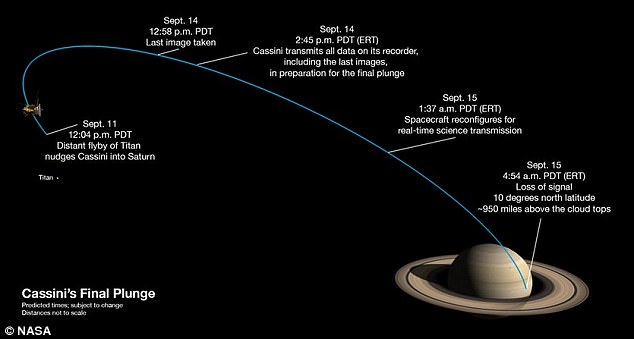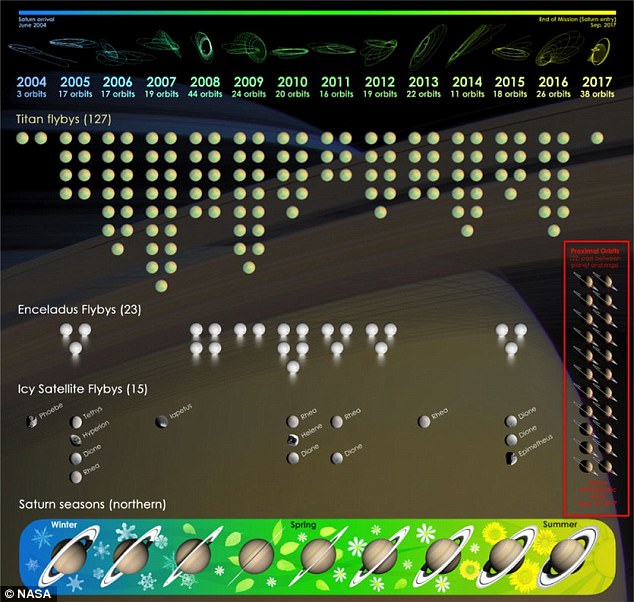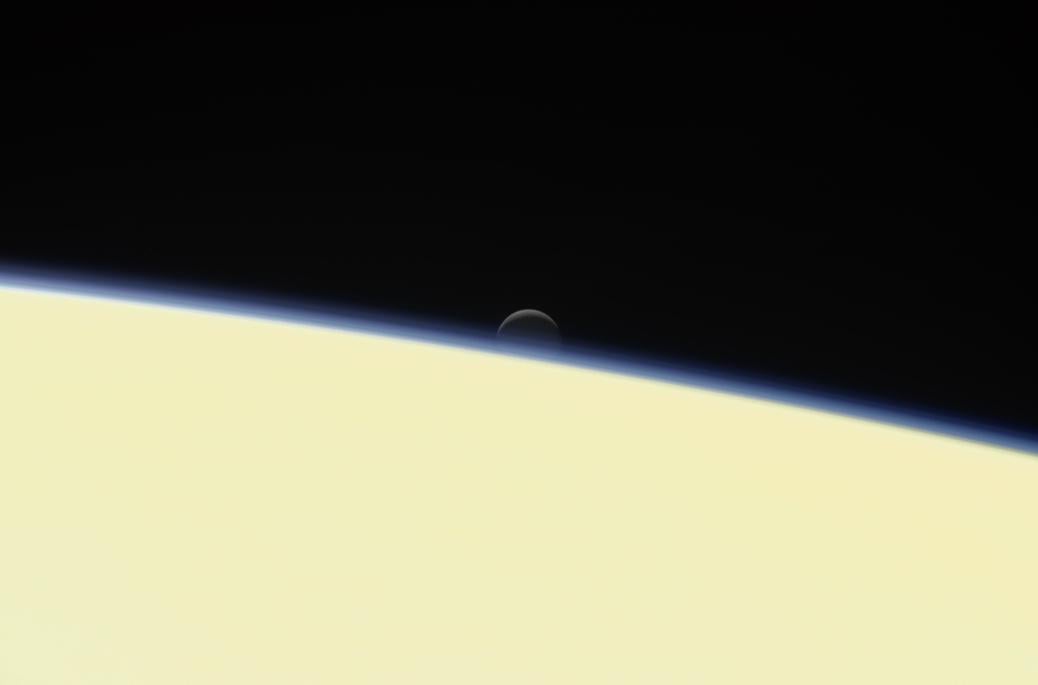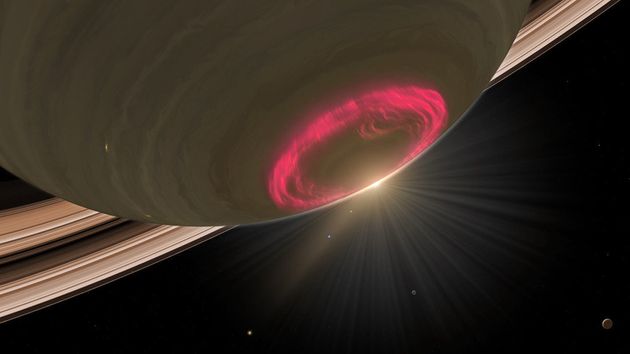Toroid
Founding Member
The Cassini space probe was launched in 1997 and is executing the first of five dives into the upper atmosphere of Saturn. It's expected to burn up on September 15 at 9:45 a.m. GMT.
Cassini probe dives into Saturn's atmosphere - CNN
Cassini–Huygens - Wikipedia
www.youtube.com/watch?v=NJhRmY7MVW0
Cassini probe dives into Saturn's atmosphere - CNN
Cassini–Huygens - Wikipedia
(CNN)NASA's Cassini probe has entered the final phase of its 13-year mission to Saturn, executing the first in a series of five "ultra-close" dives through the planet's atmosphere.
The spacecraft embarked on the first orbit on Sunday evening, marking a turning point in planetary exploration as Saturn's upper atmosphere has never previously been explored.
The probe's instruments are expected to collect rich scientific data as it makes the dives, potentially revealing how the planet is arranged internally and how much material is contained in its icy rings.
With the first pass still in progress, Cassini will go where no craft has gone before -- reaching as close as 1,010 and 1,060 miles (1,630 and 1,710 kilometers) above the planet's cloud tops.
www.youtube.com/watch?v=NJhRmY7MVW0

 BMU
BMU



